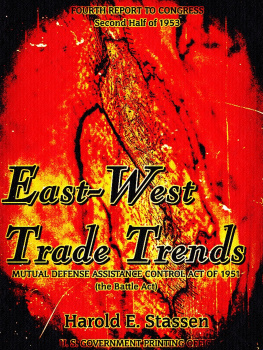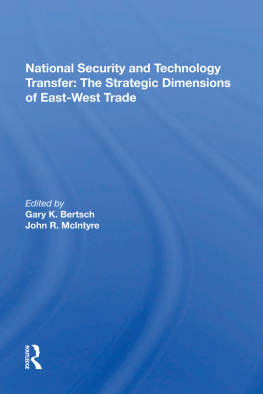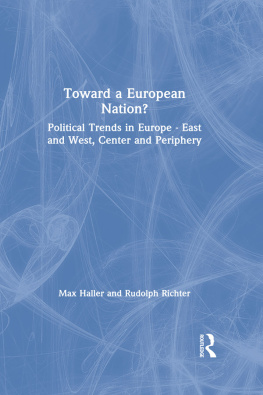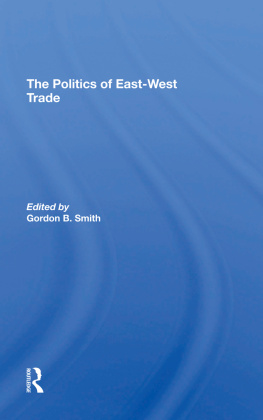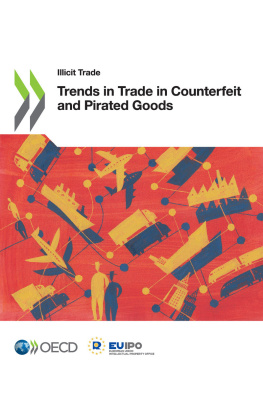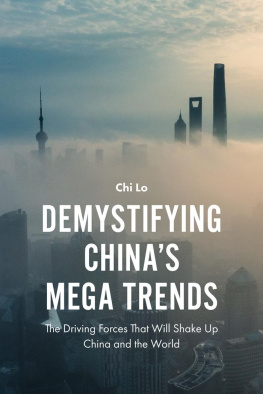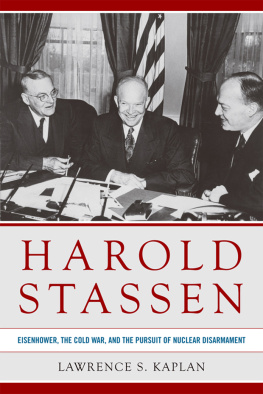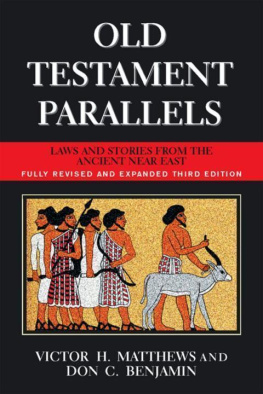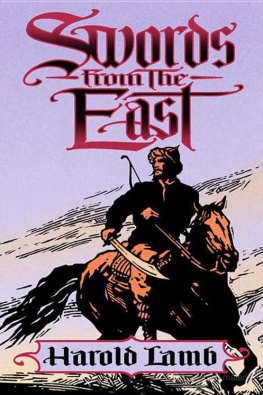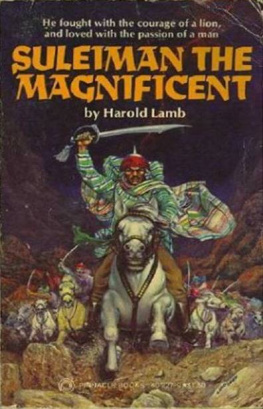Harold E. Stassen - East-West Trade Trends
Here you can read online Harold E. Stassen - East-West Trade Trends full text of the book (entire story) in english for free. Download pdf and epub, get meaning, cover and reviews about this ebook. year: 2015, publisher: U. S. GOVERNMENT PRINTING OFFICE, genre: Politics. Description of the work, (preface) as well as reviews are available. Best literature library LitArk.com created for fans of good reading and offers a wide selection of genres:
Romance novel
Science fiction
Adventure
Detective
Science
History
Home and family
Prose
Art
Politics
Computer
Non-fiction
Religion
Business
Children
Humor
Choose a favorite category and find really read worthwhile books. Enjoy immersion in the world of imagination, feel the emotions of the characters or learn something new for yourself, make an fascinating discovery.
- Book:East-West Trade Trends
- Author:
- Publisher:U. S. GOVERNMENT PRINTING OFFICE
- Genre:
- Year:2015
- Rating:4 / 5
- Favourites:Add to favourites
- Your mark:
- 80
- 1
- 2
- 3
- 4
- 5
East-West Trade Trends: summary, description and annotation
We offer to read an annotation, description, summary or preface (depends on what the author of the book "East-West Trade Trends" wrote himself). If you haven't found the necessary information about the book — write in the comments, we will try to find it.
East-West Trade Trends — read online for free the complete book (whole text) full work
Below is the text of the book, divided by pages. System saving the place of the last page read, allows you to conveniently read the book "East-West Trade Trends" online for free, without having to search again every time where you left off. Put a bookmark, and you can go to the page where you finished reading at any time.
Font size:
Interval:
Bookmark:
Trade Trends
CONTROL ACT OF 1951
Director, Foreign Operations Administration.
| CONTENTS | |
| INTRODUCTION: | Page |
| Note on Strategic and Nonstrategic | 1 |
| CHAPTERS: | |
| I. | Stalins Lopsided Economy |
| Emphasis on Heavy Industry | |
| How Forced Industrialization Affects Trade | |
| How the Kremlin Controls Trade | |
| West Has Never Barred Peaceful Exports | |
| Stalins Last Gospel | |
| II. | The New Regime and the Consumer |
| Letting Off Pressure | |
| The New Economic Courses | |
| Malenkovs Big Announcement | |
| Khrushchev and the Livestock Lag | |
| Mikoyan Advertises the Program | |
| Has Stalin Been Overruled? | |
| III. | The Kremlins Recent Trading Activities |
| The New Trade Agreements | |
| More Consumer Goods Ordered | |
| A Shopping Spree for Ships | |
| Most of All, They Want Hard Goods | |
| Something Different in Soviet Exports | |
| They Have Dug Up Manganese | |
| The Emergence of Russian Oil | |
| Gold Sales Expanded | |
| Reaching Outside Europe | |
| IV. | Whats Behind It All |
| The Kremlin and Peace | |
| A Mixture of Motives | |
| Their Objectives Havent Changed | |
| Their Practices Havent Changed | |
| The Challenge | |
| V. | U. S. Policy on Strategic Trade Controls |
| The Background | |
| Basic Policy Reaffirmed | |
| The New Direction of Policy | |
| Reviewing the Control Lists | |
| East-West Trade: Road to Peace | |
| Trade Within the Free World | |
| The China Trade Falls Off | |
| They Play by Their Own Rules | |
| United States Policy on the China Trade | |
| VI. | The Battle Act and Economic Defense |
| Battle Act Functions | |
| The Money and the Manpower | |
| Meshing the Gears | |
| Improving the Machinery | |
| The Termination-of-Aid Provision | |
| Miscellaneous Activities | |
| Summary of the Report | |
| APPENDICES | |
| A. | Trade Controls of Free World Countries |
| B. | Statistical Tables |
| C. | Text of Battle Act |
| CHARTS | |
| 1. | Volume of Trade of OEEC Countries With European Soviet Bloc |
| 2. | Free World Trade With the Soviet Bloc |
| 3. | EDAC Structure |
Font size:
Interval:
Bookmark:
Similar books «East-West Trade Trends»
Look at similar books to East-West Trade Trends. We have selected literature similar in name and meaning in the hope of providing readers with more options to find new, interesting, not yet read works.
Discussion, reviews of the book East-West Trade Trends and just readers' own opinions. Leave your comments, write what you think about the work, its meaning or the main characters. Specify what exactly you liked and what you didn't like, and why you think so.

